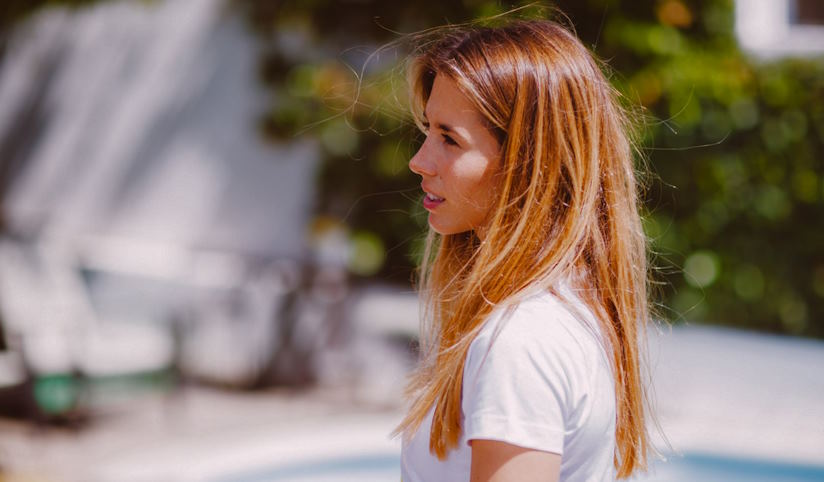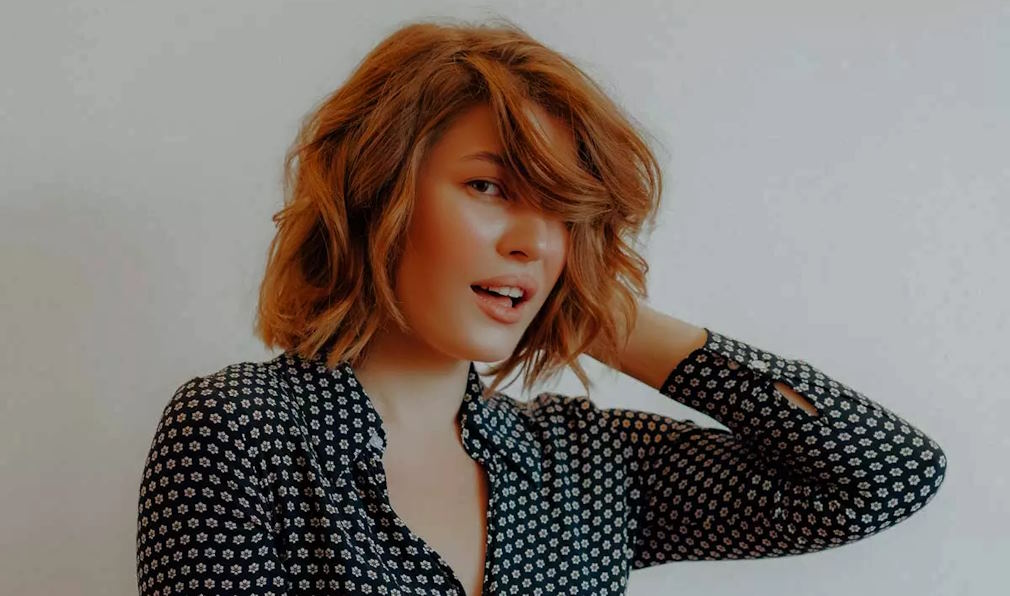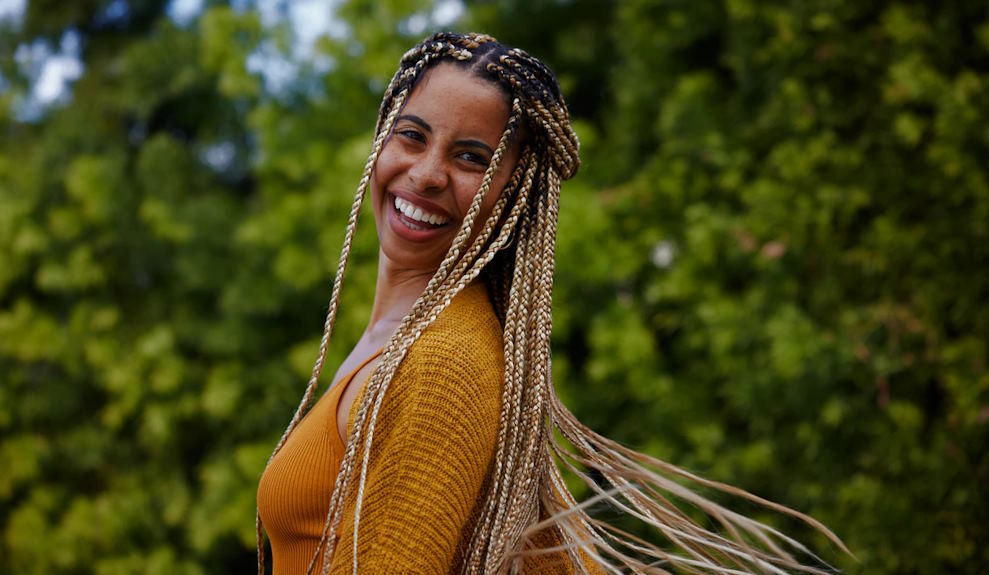Personal style is a unique language of self-expression, a canvas upon which we paint our individuality and identity. It is a powerful tool that allows us to convey who we are without uttering a single word. While clothing, accessories, and even body language play pivotal roles in crafting our personal style, there is one element that often takes center stage in this artistic process – our hairstyles. The way we choose to cut, color, and style our hair can speak volumes about our personalities, beliefs, and even our cultural affiliations.
Expressing Identity Through Hairstyles
The Link Between Self-Identity and Hairstyles
Your hairstyle is more than just a fashion statement; it’s a mirror reflecting your inner self. Our hair choices are deeply intertwined with our self-identity. Think about it – when you’re feeling confident, you might opt for a bold, adventurous haircut. In contrast, during moments of introspection, you might find comfort in a more reserved, classic style. Our hair can be a visible marker of our personal evolution, from the rebellious pixie cut of your youth to the sophisticated, layered look that accompanies your journey into adulthood. It’s a diary of your life experiences, a testament to your growth and transformation.
How Hairstyles Can Reflect Personality and Values
Hairstyles are powerful instruments that allow us to convey our personalities and values to the world. A sleek, precise bob can signify professionalism and attention to detail, while long, flowing locks may suggest a free-spirited, bohemian nature. Vibrantly colored hair might signal a creative, adventurous spirit, while a conservative updo could reveal a preference for tradition and order. Whether you’re making a statement about your environmental values through sustainable hair products or embracing cultural heritage through traditional hairstyles, your hair is a canvas where your beliefs and principles are vividly painted.

Hairstyles and Fashion Trends
The Interplay Between Fashion and Hairstyle Trends
Fashion and hairstyles have long danced to the same rhythm. They are like old friends who constantly influence and inspire each other. The hairstyles we choose are often a reflection of the era’s fashion sensibilities. Take the roaring ’20s, for example, where the flapper bob and finger waves perfectly complemented the era’s jazz age fashion. The mod fashion of the ’60s brought with it the iconic pixie cut, while the ’70s disco era saw the rise of long, wavy locks. Today, fashion runways around the world set the stage for new hairstyle trends. It’s a continuous dialogue where one cannot exist without the other.
Hairstyles as a Form of Self-Expression in the Fashion Industry
In the fashion industry, hairstyles are not just an accessory; they are a canvas for artistic expression. Top designers collaborate with hairstylists to create runway looks that tell a story, evoke emotions, and convey a message. Models strut down the catwalk with sleek bobs, intricate updos, or avant-garde styles that push the boundaries of creativity. These hairstyles become an integral part of the fashion narrative, amplifying the designer’s vision and making a statement about the collection’s theme.

Hairstyles as a Form of Empowerment
The Empowerment of Women Through Hairstyle Choices
For women around the world, hairstyles have become a symbol of empowerment and self-determination. Historically, societal norms often dictated how women should wear their hair, but today, women have reclaimed their right to choose their hairstyles freely. From short pixie cuts to long, flowing locks, each choice is a declaration of autonomy. Many women find empowerment in cutting their hair short, signaling a break from traditional gender roles and embracing a sense of liberation. Others choose bold, colorful styles that challenge conventional beauty standards. These choices are a testament to women’s strength and resilience, showing that they are more than their appearance.
Hairstyles as a Symbol of Rebellion and Protest
Throughout history, hairstyles have been used as powerful symbols of rebellion and protest. Consider the Afro hairstyle, which emerged during the civil rights movement as a statement of Black pride and resistance against systemic racism. The punk movement of the 1970s embraced spiky and unconventional haircuts as a rejection of mainstream norms and a call for anarchy. These hairstyles became rallying cries, challenging the status quo and demanding change. They showed that even something as personal as hair could be a powerful tool for activism and resistance.

